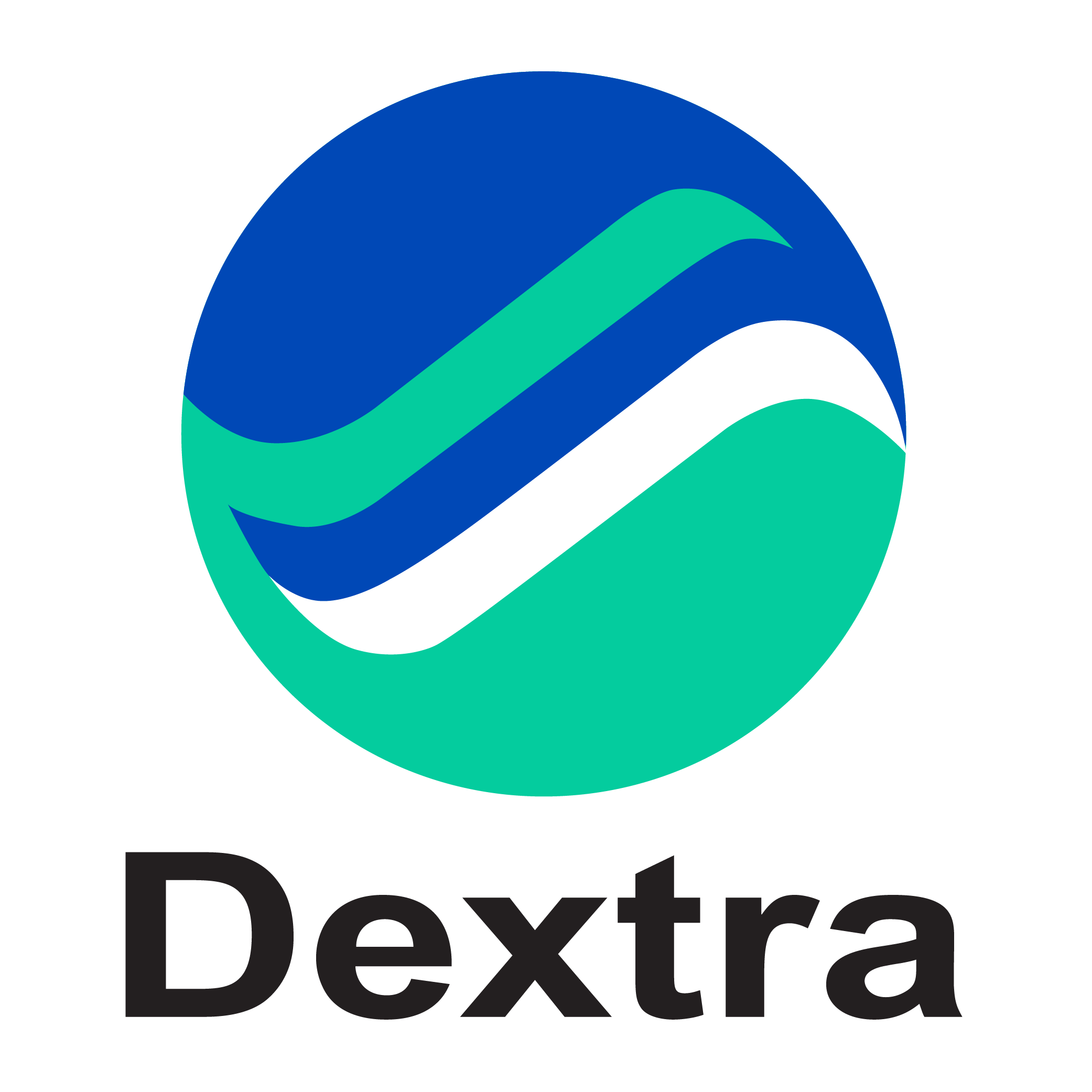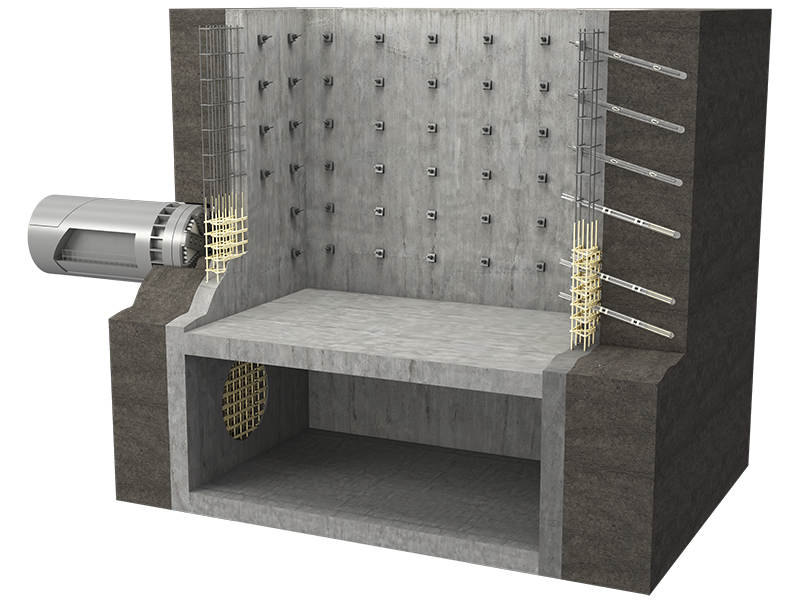U-Bahn Doha, Gold Line – C-Ring-Station Al Sadd
Die Doha Metro ist ein Schnelltransportsystem, das als integraler Bestandteil des größeren Schienennetzes Katars konzipiert ist. Dieses landesweite Mega-Infrastrukturprojekt umfasst 300 km Schienen und 100 Bahnhöfe. Das Schienennetz soll Verkehrsstaus reduzieren und die Menschen in Katar mit dem Rest der GCC-Region verbinden. Auf städtischer Ebene befindet sich die derzeit im Bau befindliche U-Bahn voraussichtlich Ende 2019 in Betrieb. Sie wird Doha und die umliegenden Vororte mit Stationen an allen wichtigen Knotenpunkten der Metropole bedienen. Die U-Bahn von Doha wird sowohl auf als auch unter der Erdoberfläche betrieben, wobei der Großteil des U-Bahn-Projekts unterirdisch verläuft. Beim Bau dieses Projekts kamen komplexe Tunnelbau- und Bodenrückhaltelösungen von Dextra zum Einsatz.
Glasfaserverstärkte Polymere (GFK) als Rückanker zur Bodenfixierung
Um Bedenken hinsichtlich einer Beeinträchtigung und eines Hindernisses für zukünftige Bauprojekte auszuräumen, wurde die Schlitzwand (D-Wall) an der C-Ring-Station Al Sadd mit ASTEC Active Active Anchor vorgespannt verankert. Diese leistungsstarken, vollständig schneidbaren GFK-Anker wurden von ALSYJ JV-Auftragnehmern und den D-Wall-Ankern ihrer Wahl ausgewählt. Diese innovative Lösung wurde gewählt, weil sie mit Tunnelbohrmaschinen (TBM) oder Standard-Aushubgeräten geschnitten werden kann und auch bei temporären Einsätzen nicht aus dem Boden entfernt werden muss. Für die C-Ring-Station Al Sadd wurden 7.113 Litzen für GFK-Bewehrungsstäbe zur Herstellung von etwa 700 Bodenankern verwendet, die im D-WALL rund um diese Station verwendet werden.













